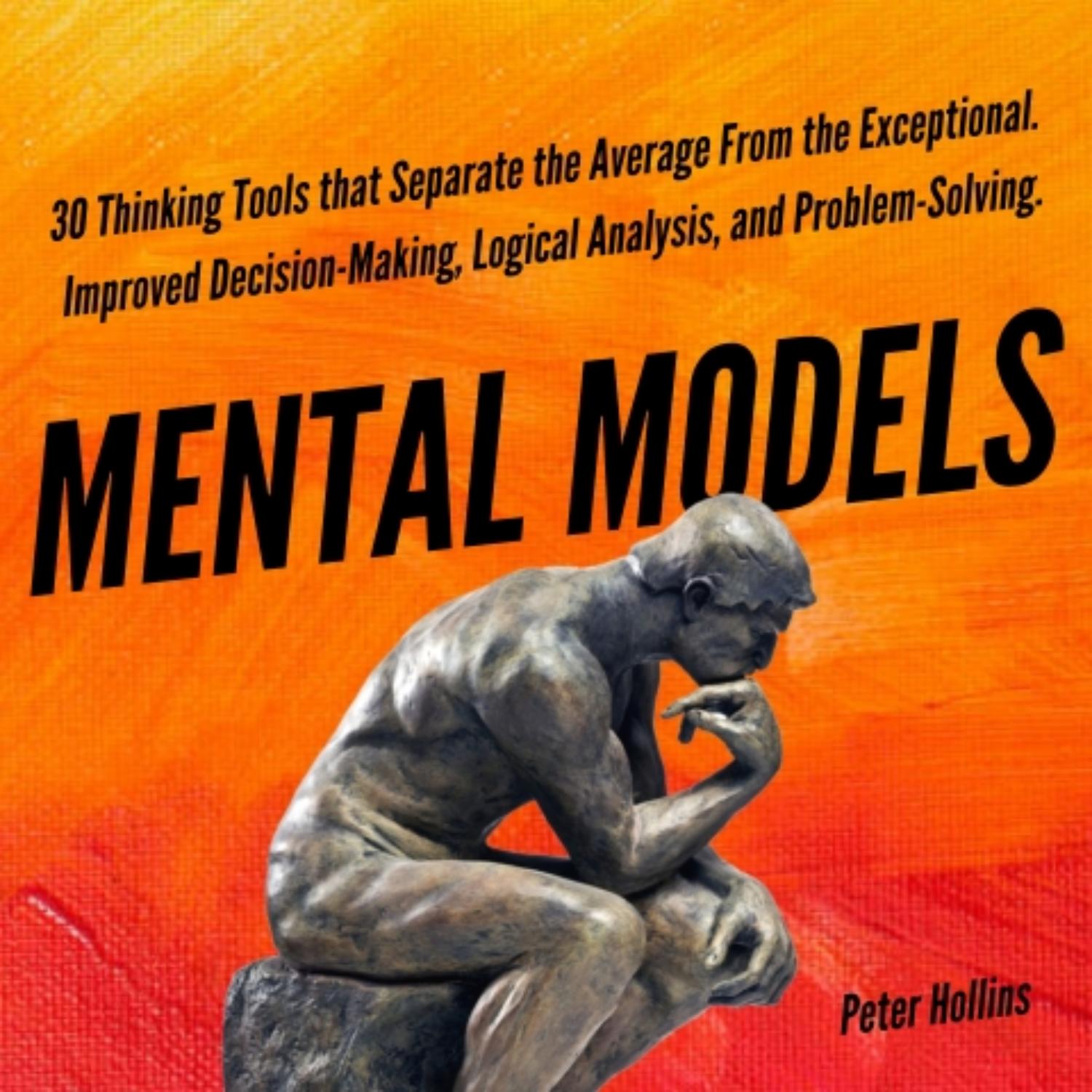Decision-Making for Speed and Context

Mental models are blueprints we can use in various contexts to make sense of the world, interpret information correctly, and understand our context. They give us predictable outcomes. A recipe is the most basic form of mental model; each ingredient has its role, time, and place. However, a recipe is not applicable to anything outside the realm of food. Thus, we find ourselves in a position of wanting to learn a wide range of mental models (or latticework, as Charlie Munger puts it) to prepare ourselves for whatever may come our way. We can't learn ones for each individual scenario, but we can find widely applicable ones. We start with mental models for smarter and quicker decision-making. Hear it Here - https://bit.ly/mentalmodelshollins Show notes and/or episode transcripts are available at https://bit.ly/self-growth-home Peter Hollins is a bestselling author, human psychology researcher, and a dedicated student of the human condition. Visit https://bit.ly/peterhollins to pick up your FREE human nature cheat sheet: 7 surprising psychology studies that will change the way you think. For narration information visit Russell Newton at https://bit.ly/VoW-home For production information visit Newton Media Group LLC at https://bit.ly/newtonmg #BerkshireHathaway #CharlieMunger #HumanMisjudgment #InvestmentManagement #PeterHollins #TheArtandScienceofSelf-Growth #Psychology #RussellNewton #NewtonMG #USCBusinessSchool #WarrenBuffett #MentalModels